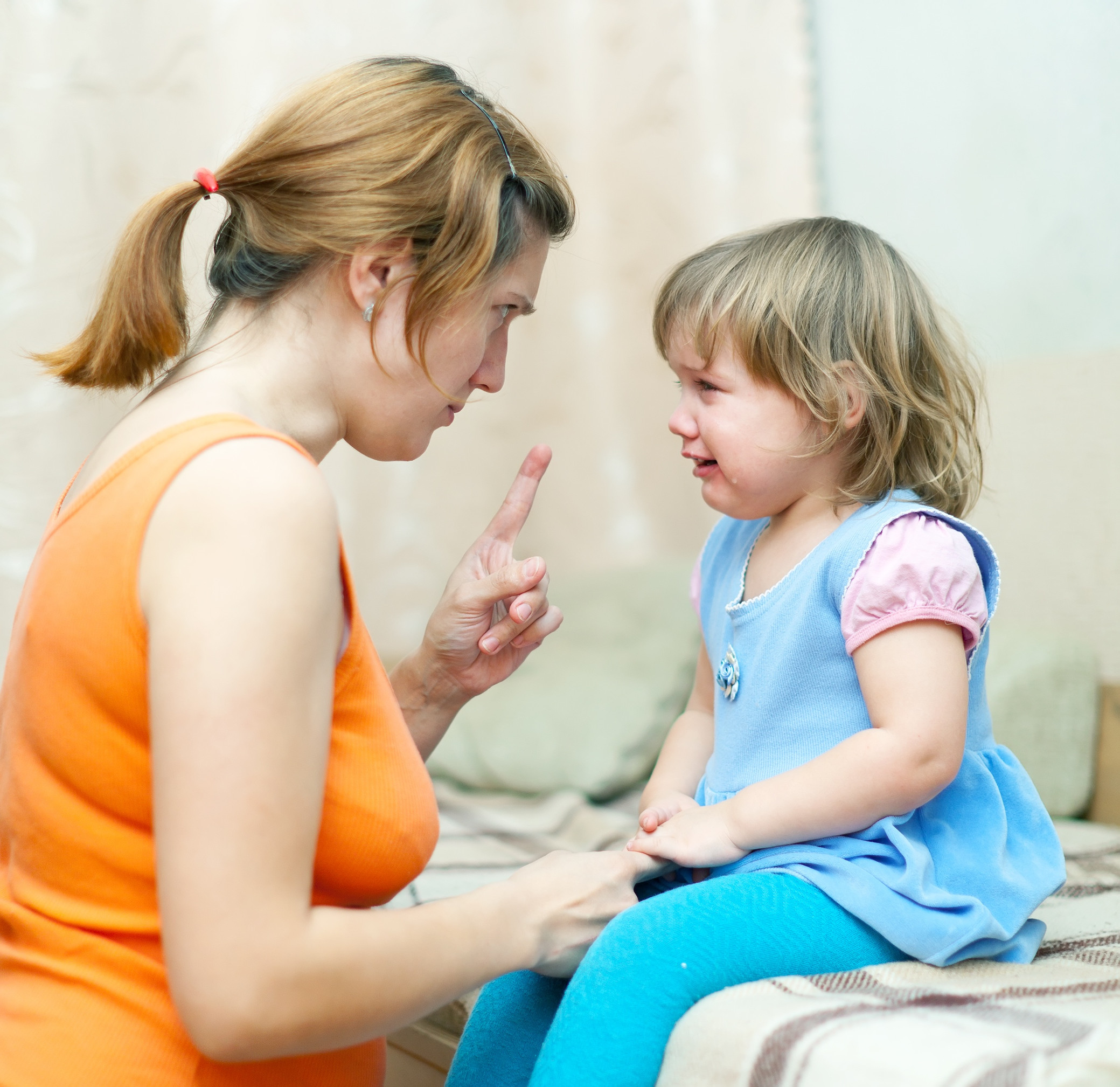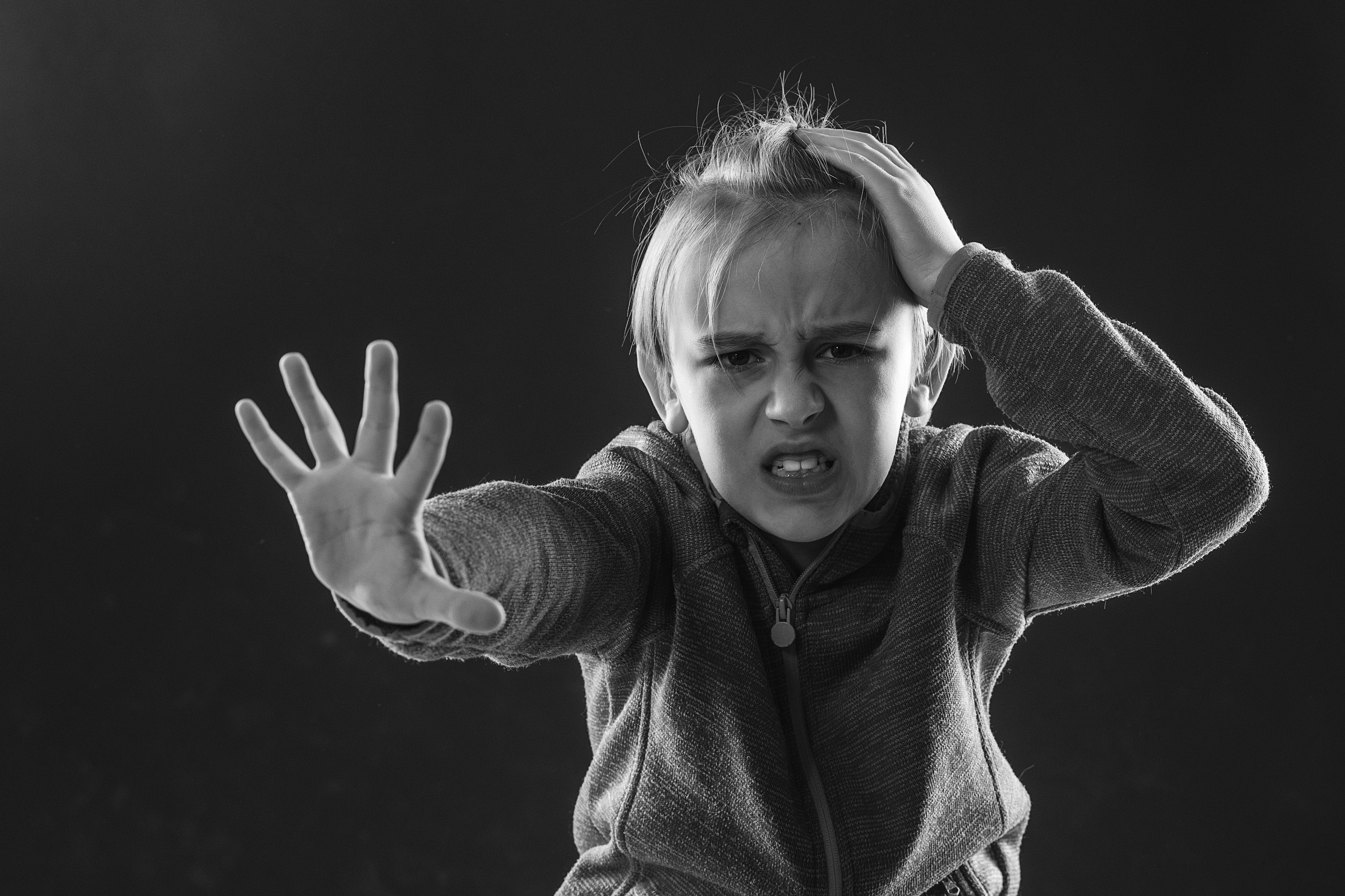
The Hidden Damage of Yelling
Yelling feels instinctive in frustration. Many parents assume it teaches discipline. Instead, it breeds fear and insecurity. Children crave emotional safety, not intimidation. Harsh words can wound deeper than expected.
Yelling activates a child’s stress response. Their brain sees it as danger, triggering anxiety. Over time, repeated shouting erodes trust. Kids may withdraw or become overly anxious. Understanding these effects helps break harmful cycles.
1. Yelling Triggers Fear, Not Respect
Fear and respect are different. Yelling frightens but doesn’t teach. Kids obey out of panic, not understanding. Healthy discipline builds trust, not fear. Fear-based parenting weakens emotional security.
A frightened child learns survival instincts. They don’t process lessons—they react defensively. Long-term, fear breeds rebellion or avoidance. The goal should be teaching, not intimidating. Respect stems from connection, not coercion.
2. It Damages Emotional Regulation
Children model adult behavior. Yelling teaches explosive reactions. Emotional regulation requires calm guidance. Kids absorb how adults handle stress. Stability fosters healthier coping skills.
Yelling escalates emotional instability. Children may struggle with frustration, mirroring parental anger. Instead of teaching patience, yelling reinforces impulsive outbursts. Emotional control comes from reassurance, not aggression. Parents shape emotional habits early.
3. Trust Begins to Crumble
Children seek safety in parents. Yelling disrupts emotional security. Instead of feeling supported, kids feel unsafe. Trust is fragile and requires care. Harsh words weaken deep bonds.
Repeated yelling makes kids hesitate to share feelings. They fear being dismissed or criticized. Emotional openness thrives in gentle, supportive environments. Parental consistency builds lifelong security. Trust is strengthened through understanding, not intimidation.
4. Anxiety and Stress Levels Rise
Yelling creates chronic stress responses. Kids become hyper-alert to tone shifts. Constant stress leads to anxiety issues. Home should feel secure, not threatening. A peaceful space nurtures healthy growth.
Children experiencing frequent yelling struggle emotionally. Their bodies react with fight-or-flight instincts. Over time, heightened stress impacts concentration and self-esteem. Anxiety becomes ingrained, affecting confidence. Stability reduces long-term emotional harm.
5. Negative Self-Image Develops

Words shape identity. Harsh tones make kids doubt worth. Repeated yelling lowers confidence. Encouragement builds resilience, not fear. Children thrive in nurturing environments.
Criticism sticks deeper when delivered through anger. Kids internalize negative statements, forming self-doubt. This affects risk-taking, learning, and social interactions. Positive reinforcement strengthens identity and independence. Gentle correction fosters self-assurance.
6. Communication Suffers Over Time
Children withdraw from yelling. They stop sharing openly. Fear silences emotional expression. Connection fades without safe dialogue. Open conversations require patience.
Yelling discourages honest discussions. Kids hesitate to express concerns. When fear governs conversations, relationships weaken. Parent-child communication thrives on trust. Gentle correction fosters deeper understanding.
7. Behavior Problems Increase
Yelling doesn’t solve behavioral issues. Instead, it escalates frustration. Children mirror aggression when stressed. Patience corrects behavior long-term. Calm discipline fosters cooperation.
Children need clarity, not intimidation. Loud reactions create confusion instead of guidance. Yelling teaches panic responses over problem-solving. Emotional regulation grows through positive reinforcement. Structured correction ensures lasting improvement.
8. Kids Learn Avoidance, Not Accountability
Children shut down under pressure. Yelling teaches escape responses. Avoidance replaces responsibility. Calm correction nurtures understanding. Kids absorb lessons through patience.
Fear-driven reactions discourage problem-solving. When yelled at, children focus on escaping blame. Teaching accountability requires empathy. Conversations about mistakes lead to growth. Encouragement fosters responsible learning.
9. Yelling Makes Kids Yell Too
Children imitate parental behavior. Yelling normalizes aggression. Conflict resolution should model calmness. Patterns repeat across generations. Kids mirror emotional responses.
When yelling becomes routine, children adopt similar habits. They may struggle with respect and emotional control. Teaching calm responses ensures better social skills. Emotional stability starts with home environments. Kids repeat observed behaviors.
Creating a Safer Space for Growth
Children flourish in emotional safety. Stability fosters trust, communication, and learning. Breaking yelling cycles creates healthier relationships. Modeling calmness teaches emotional intelligence. Safe spaces encourage lasting growth.
Yelling feels instinctive but understanding its harm fosters change. Prioritizing emotional security builds lifelong trust. Parenting through patience strengthens resilience and connection. Every interaction shapes childhood development. Choosing kindness empowers stronger, healthier bonds.
Have you struggled with yelling in parenting? What strategies helped you break the cycle? Share your thoughts in the comments below!
Read More:
How Dogs Help with Emotional Regulation in Children
Why Letting Your Kids Be Your ‘Caregivers’ Might Be the Worst Decision You Make

Latrice is a dedicated professional with a rich background in social work, complemented by an Associate Degree in the field. Her journey has been uniquely shaped by the rewarding experience of being a stay-at-home mom to her two children, aged 13 and 5. This role has not only been a testament to her commitment to family but has also provided her with invaluable life lessons and insights.
As a mother, Latrice has embraced the opportunity to educate her children on essential life skills, with a special focus on financial literacy, the nuances of life, and the importance of inner peace.
